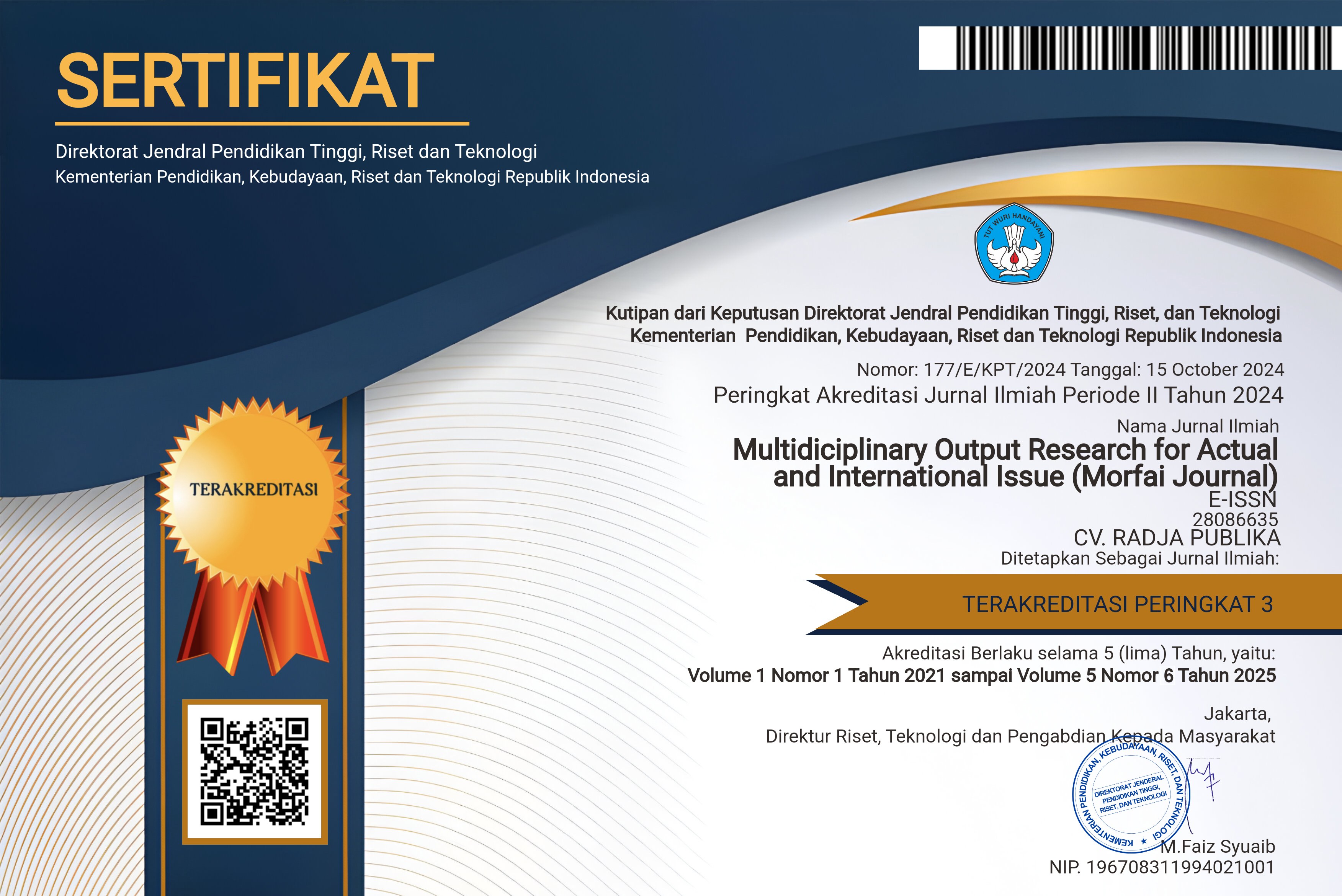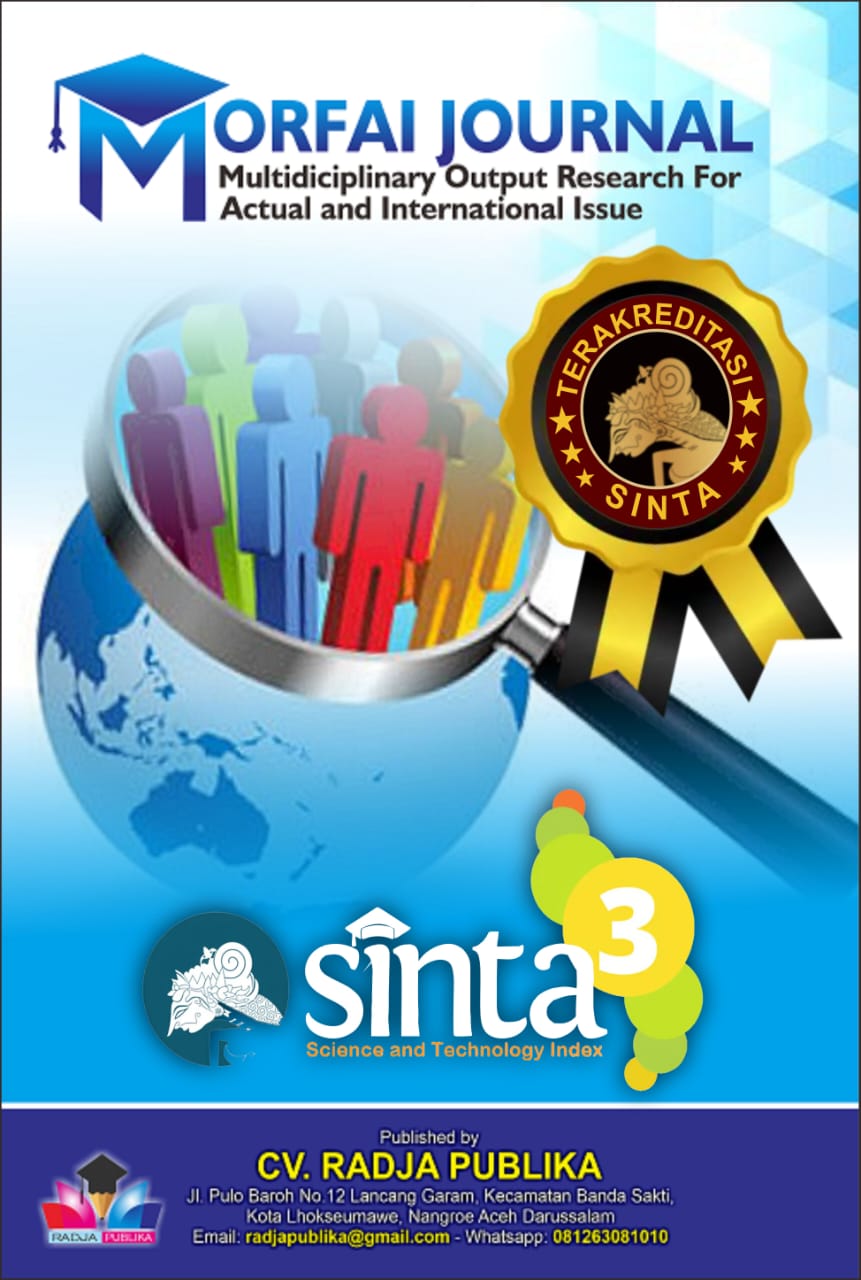EFFORTS TO INCREASE FAMILY INCOME INDEPENDENTLY THROUGH HOME AGRICULTURAL ECONOMY: CONTRIBUTION OF PINE TAPPING (PINUS MERKUSII)
Main Article Content
Irada Sinta
Fadli
Rico Nur Ilham
Muhammad Multazam
Pine resin (Pinus merkusii) is one of the non-timber forest products (NTFPs) that plays an important role in increasing the income of rural communities. This study aims to analyze the level of income and contribution of pine resin tapping to family income in Cane Toa Village, Rikit Gaib District, Gayo Lues Regency. The method used was a census of 55 pine resin tapper respondents. Data were analyzed quantitatively using the contribution formula and household income analysis. The results showed that the average income from pine resin tapping was IDR 3,319,818.4 per production, while income from other sectors reached IDR 4,156,370.85. The total average income of tapper families was IDR 7,476,189.31 per production. The contribution of pine resin tapping to total family income was recorded at 44.4%, included in the "good" category according to the classification of Kepmendagri No. 690,900,327 in 1996. These results confirm that pine resin tapping plays a significant role in supporting the household economy in the region, although technical assistance is still needed so that tapping practices are more sustainable and efficient.
Badan Pusat Statistik. (2010). Klasifikasi umur dan tingkat pendidikan. Jakarta: BPS RI.
Baharuddin, & Ira, T. (2009). Hasil hutan bukan kayu. Makassar: Buku Ajar Fakultas Kehutanan, Universitas Hasanuddin.
Corryanti, & Rahmawati, R. (2015). Terobosan memperbanyak pinus (Pinus merkusii). Pusat Penelitian Perum Perhutani. ISBN: 978-602-0853-04-8.
FAO. (1995). Non-Wood Forest Products for Rural Income and Sustainable Forestry. Rome: Food and Agriculture Organization of the United Nations.
Indrajaya, Y., & Handayani, W. (2008). Potensi hutan pinus merkusii Jungh. et De Vriese sebagai pengendali tanah longsor di Jawa. Info Hutan, 5(3), 231–240.
Kasmudjo. (1992). Usaha stimulan pada penyadapan getah pinus. Duta Rimba, (149), 20–23.
Makmur, A. (2022). Evaluasi kontribusi getah pinus terhadap pendapatan masyarakat di Desa Seneren Kecamatan Pantan Cuaca Kabupaten Gayo Lues. Skripsi. Universitas Malikussaleh.
Martawijaya, A., Kartasujana, I., Kadir, K., & Prawira, S. A. (1989). Atlas kayu Indonesia (Jilid I). Bogor: Balai Penelitian Hasil Hutan.
Santosa, G. (2010). Pemanenan hasil hutan bukan kayu. Bogor: Fakultas Kehutanan IPB.
Siregar, E. B. M. (2005). Pemuliaan Pinus merkusii. Medan: Fakultas Pertanian, Universitas Sumatera Utara.
Suharisno. (2009). Gondorukem dan terpentin sebagai produk hasil hutan non kayu unggulan. Majalah Kehutanan Indonesia, 2(1), 45–50.
Sudirman. (2014). Pengaruh pendidikan, upah, dan angka harapan hidup terhadap produktivitas tenaga kerja sektor ekonomi di Provinsi Jambi. Jurnal Ilmiah Universitas Batanghari Jambi, 14(4), 66–72.
Wulandari, R., Dewi, S., & Indrawan, M. (2016). Analisis kontribusi hasil hutan bukan kayu terhadap pendapatan rumah tangga petani hutan. Jurnal Penelitian Sosial dan Ekonomi Kehutanan, 13(2), 119–128.
Yunus, M. (2011). Ekonomi pertanian. Yogyakarta: Graha Ilmu.









